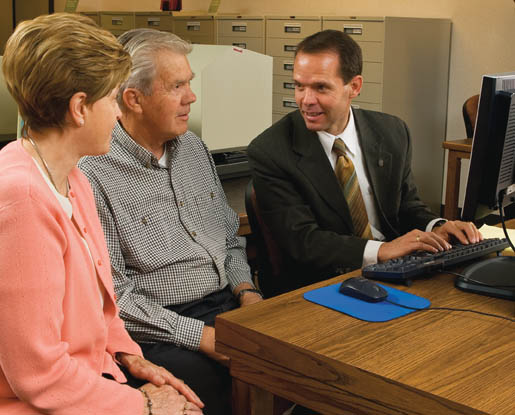The Mormons; who are Christian, as evidenced by their care for the disabled and needy have a new website about disabilities. While it was developed for church members, much of the information is valuable to anyone who has or cares for someone with a disability. The website says:
“This Web section on disabilities has been created to offer support, comfort, and an increased level of acceptance toward those with disabilities.
Those individuals who live with a disability, their caregivers, as well as leaders, teachers, and members may find within this site additional understanding of specific disabilities and some of the difficulties faced by those involved.”
The website offers basic church guidelines for working with people who have disabilities, as well as suggestions for teachers who have students with special needs. The site also has a page of scriptures and quotes related to disabilities or caring for those in need, to serve as a comfort and a guidance. Another page has a list of the resources the church makes available for those with disabilities.
Other pages are less church-specific. One page offers guidelines for parents, for assisting the siblings, and for grandparents on helping a person with disabilities. The page for siblings is particularly helpful. There is often a lack of material on how to help a child accept and understand a disabled sibling. This page explains that siblings often go through the same grieving process as the parents do, and that they have a right to be children. They should be allowed to express their true feelings, even if they’re hard to hear, but then be guided gently to an appropriate attitude in time.
Following these pages, there are pages for a few specific disabilities: autism, chronic illness, hearing loss, intellectual disability, learning disability, memory loss, mental illness, physical disabilities, speech and language, and vision loss and blindness.
As an example of the type of information available, let’s look at the autism topic. The page begins with an overview of autism, including symptoms and causes. Below this, the article outlines three main areas in which an autistic person might have challenges. It then outlines how to help, with the focus centering on teachers and leaders in the church. The article also includes a list of teaching tips, so that even a person with no experience can help a student get the most of the class.
Finally, the page offers a list of additional resources, both on the church’s website, and on non-LDS websites as well.
Because those with special needs are most often integrated into a regular ward program, this is a valuable resource for parents and leaders. Teachers may feel uneasy about having a special child in their class at first, but when they approach the assignment with love and realism, they soon realize the experience enriches everyone’s life.
I once had a four-year-old with the abilities of an eighteen-month-old in my Primary class. I gave the children a simple explanation and told them that while she had a family and teachers and a Heavenly Father who loved her and helped her, what she didn’t have was friends her own age. I explained that she would need extra care and help and asked them if they’d like to be her friend and help her. They agreed, and that set off what I call my Miracle Year.
The children eagerly watched for opportunities to serve the little girl, and also cheerfully helped each other so I could work more closely with her. If we made something they assisted each other, leaving me free to help her. As they learned to watch for service opportunities, they expanded it into all aspects of the class, leaping to help one another at all times. They became very compassionate about individual differences. When one child was upset because he was the only one who couldn’t ride a bike, the others reminded him of what we always said about our special classmate: Everyone has things he’s good at and things that are harder, and we all learn at our own pace. In the past, I’d seen other children teasing a child in this situation, but these children were learning to respect individual pacing.
Throughout the year and three months I worked with these children, I not only saw a dramatic increase in their compassion, but in their spirituality. We witnessed a number of spiritual miracles, including a reactivation of a parent. I had no doubt, as I looked back on an extraordinary year, that it all started because they had the opportunity to serve a child with special needs and learn to be more like Jesus Christ.
About Terrie Lynn Bittner
The late Terrie Lynn Bittner—beloved wife, mother, grandmother, and friend—was the author of two homeschooling books and numerous articles, including several that appeared in Latter-day Saint magazines. She became a member of the Church at the age of 17 and began sharing her faith online in 1992.







The Church Disabilities website is an extensive and inspired source of information about special needs, including excellent suggestions for families AND church teachers and leaders.
There’s another new website (unofficial) for Latter-day Saint families of children with special needs — “The Liahona Project … faith and direction” (www.theliahonaproject.net). While there are other online support groups, The Liahona Project is a place where Latter-day Saints can discuss … in unselfconsciously LDS terms … the blessings and the stressings of raising a special needs child. General interest articles and pertinent news items, personal parent essays, and the opportunity to ask and answer questions of the community combine with inspirational quotes and videos. (It is totally non-commercial.)
Thanks, Lisa. Great resources. We’ll add more about this on our mormonfamily dot net site. Let us know if you have interest in writing a column on this subject for us.